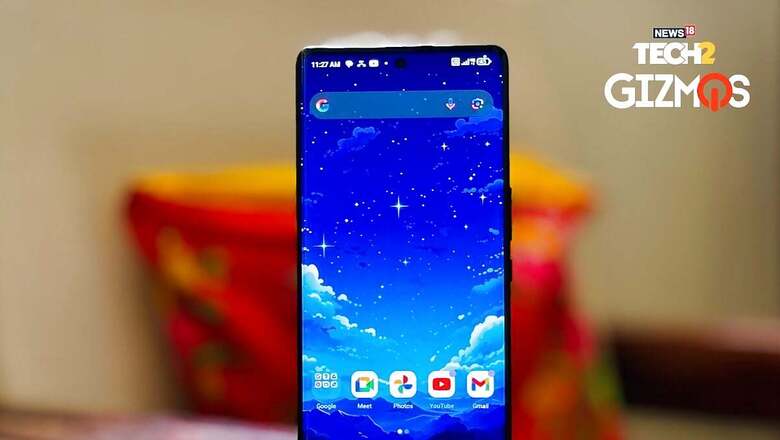
views
When looking for a phone, buyers look for a variety of features and specifications, including the screen size and quality of display. However, before making a choice, it is also important to understand the technology behind the phone display as per one's requirements. While looking for a good quality phone display, terms like TFT, LCD, AMOLED, OLED, and SLCD can make you even more confused.
Today, we'll talk about the two most preferred and popular displays i.e., AMOLED and OLED. While there is not much difference between the two, it is still important to understand their explanations and the technology behind them.
What Is OLED Display?
Organic Light Emitting Diode display technology or OLED is considered a much better alternative than LCD technology, thanks to its excellent colour reproduction, faster response time, wider viewing angles, higher brightness, and extremely lightweight designs. Unlike LCDs, OLEDs don't need a separate backlight as pixels in a row emit their own light when an electric current is applied. Besides offering better contrast and more vibrant colours, they are also thinner, lighter and more flexible, as per smartphone companies.
What is An AMOLED Display?
There is no substantial difference between OLED and AMOLED. Active-Matrix Organic Light-Emitting Diode displays aka AMOLED displays are basically a type of OLED display, gaining rapid popularity in smartphones in the present time.
AMOLEDs include all the attributes of an OLED display such as better colour reproduction, faster response time, wider viewing angles, higher brightness, and lightweight. However, when it comes to vibrancy and brilliance, AMOLED manages to beat SLCD display technology. While AMOLEDs inherit most of the benefits of OLED technology, they still consume less power when displaying darker content.
Having discussed the features between the two display technologies that have taken a boom in the past decade, they are also widely used in smartphones followed by laptops, wearables, and other consumer electronic devices. While AMOLEDs generally consume less power than LCD display types, it is widely used in low-power devices such as smartphones and is also considered better than OLED for phone displays.
When it comes to AMOLED, you can turn on or off the individual pixels and switch them quickly, thus enabling precise and rapid control over the display's output. On the other hand, the OLED panel controls the number of pixels row-wise.
















Comments
0 comment